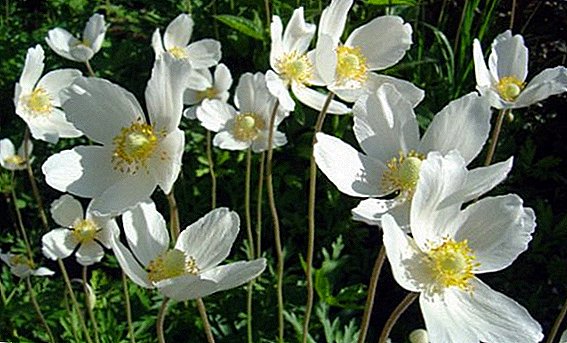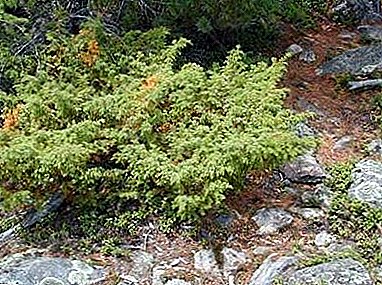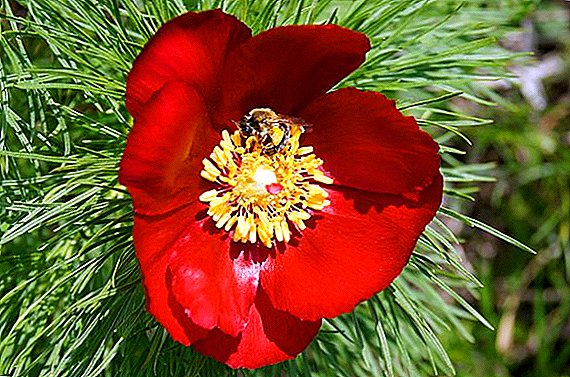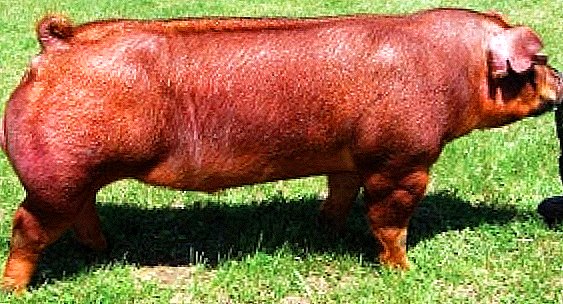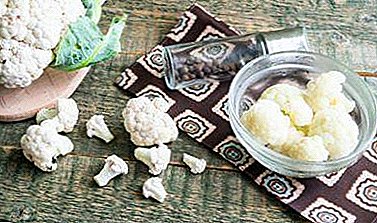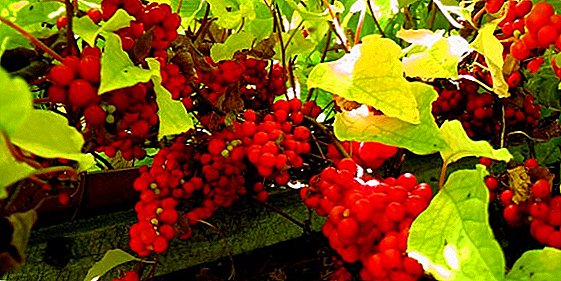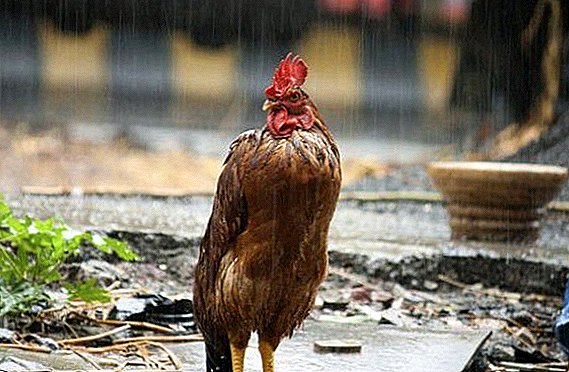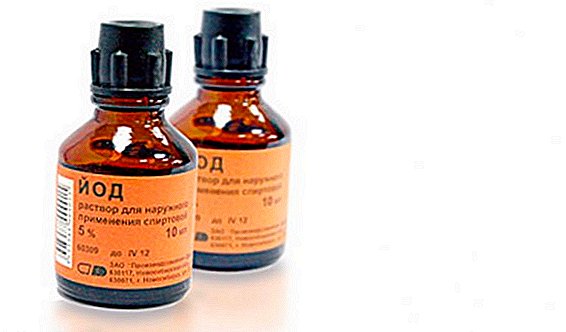 Iodine in your first aid kit is not only necessary for you, but can also become an indispensable drug for your garden.
Iodine in your first aid kit is not only necessary for you, but can also become an indispensable drug for your garden.
It is used against phytophthora and other diseases, as well as feedings.
Let's talk about its benefits for your site and about the use in the fight against late blight.
Useful properties in the garden
There has long been a tendency to apply feedings and fertilizers for cultivated plants in order to protect them from diseases, pests, and to stimulate their growth and development. Sometimes these drugs can be just as harmful as they are helpful. Iodine, when used correctly, is completely harmless. This is true for people and for plants.
Important! In large quantities, iodine can be fatal.Regular iodine is able to increase your yield, improve the taste and color of fruits. When it is applied, nitrogen is better absorbed by nitrogen cultures, therefore nitrogen fertilizers can be avoided with such dressing. He is able to make your garden more resistant to various diseases.
 The substance is useful for all crops, but the greatest benefits it brings, of course, tomatoes. They really need additional feeding, as well as often suffer from blight. Processing tomatoes with iodine is an effective remedy for phytophthora.
The substance is useful for all crops, but the greatest benefits it brings, of course, tomatoes. They really need additional feeding, as well as often suffer from blight. Processing tomatoes with iodine is an effective remedy for phytophthora.Yeast, ammonia, banana peel, nettle, eggshell, peeling, onion peel, straw, sawdust are used as plant food.
Causes and symptoms of the disease
In the same way as people, cultures can suffer from iodine deficiency, on the basis of which various problems and diseases appear. Its deficiency affects immunity and plant development.
Usually, the need to make a substance is indicated by the appearance. Signs can be a significant reduction in yield and frequent diseases: root rot, phytophthora, mosaic.
Did you know? Tomatoes are high in serotonin, so they are able to elevate mood.Speaking about the phytophthora itself, which affects mainly tomatoes, it should be noted that there can be a lot of reasons for its appearance. This is a fungal disease, so almost all the prerequisites for its appearance are the same as for the usual fungus:
- insufficient air;
- high humidity;
- any failure to maintain the desired temperature (mostly cold).

Important! Phytophthora is preserved mainly in potatoes, so initially it can appear on its leaves, and a week later it spreads to tomatoes.
Use in the greenhouse
Based on the considered causes of the manifestation of the disease, it can be determined that the fungus will feel great in the greenhouse, since air practically does not penetrate there, and the condensate on the greenhouse walls provides optimum humidity.
In order for the phytophthora not to manifest itself also from the cold, one must be attentive to the site at the end of summer, when the nights become rather cool. We will understand how to properly use iodine in the greenhouse.
Important! Having provided good ventilation and paying attention to conditions in the greenhouse, you can avoid the appearance of fungus.
For which plants
Iodine is used from phytophthora, for fertilizer, and as an antiseptic disinfectant for tomatoes in the greenhouse and on cucumbers, cabbage, zucchini, pepper, pumpkin. It is useful for home flowers, for berries, grapes and fruit trees. 
How to prepare a solution
Solutions for spraying there are different. Consider how to cook them.
When getting rid of phytophthora very effective undiluted serum with iodine. It is important to remember that if the tomatoes do not get sick, then you can make only diluted liquid.
The undiluted solution is prepared as follows: 10 drops of iodine are added to 10 liters of serum and very thoroughly stirred.
It is diluted as follows: 1 liter of solution should fall into 10 liters of water - if you bring it under the roots, or 1 liter of solution for 3 (it is possible and more) liters of water - if you spray it.
Important! By adding grated soap to the spraying liquid, you will increase its effectiveness - it will not drain from the leaves.A solution of milk and iodine is also considered an effective remedy for phytophtora. They need to spray tomatoes every two weeks. To prepare it, you need to mix 10 liters of water, 20 drops of iodine and a liter of skim milk. All this must be mixed well.

Spraying rules
Spray the tomatoes in the early morning or evening. At the same time it is necessary to try to spray the liquid very finely when spraying - it looks like a fog or a cloud. No need to try to moisten the plant too much.
Top-dressing of tomatoes with iodine solution
The first feeding with solutions needs to be done when a second pair of leaves has appeared in a tomato. The following solution is applied to the wet soil: a drop of iodine in 3 liters of water.
Further top dressing is done when the brushes are tied to the tomatoes. At the same time in a solution of 10 liters of water should be 3 drops of iodine. Under each bush you need to make a liter of dressing.
Not only the phytophthora destroys the crops of tomatoes, it is also necessary to treat apical rot, Alternaria, powdery mildew, Fusarium.
Next, you can feed the tomatoes when they bear fruit. To do this, 5 liters of hot water need to sift the ash (about 3 liters). Leave to infuse for an hour (a bucket or other container should be covered). Then add 10 ml of iodine and 10 g of boric acid, dilute with water so that it becomes 10 liters of the mixture. All this is left for a day.
Then add 10 ml of iodine and 10 g of boric acid, dilute with water so that it becomes 10 liters of the mixture. All this is left for a day.
Fertilize the mixture diluted in warm water: 1 liter of the mixture per 10 l of water.
Did you know? Sufficient for a long time tomatoes were mistakenly considered an aphrodisiac.It is useful to alternate the introduction of dressing under the roots with spraying.
Plants need nutrients as much as ours. To ensure good growth, fruiting and immunity to your plot, you need to take care to ensure that the crops have enough. Recipes solutions for the treatment of diseases and fertilizing are quite simple. However, remember that if you increase the part of iodine in the solution, you can harm your garden. Use it sparingly.


